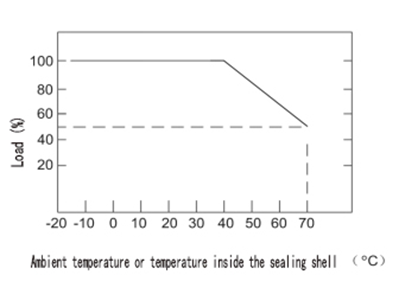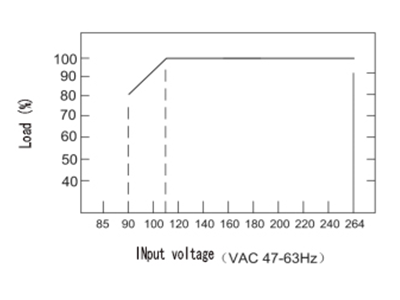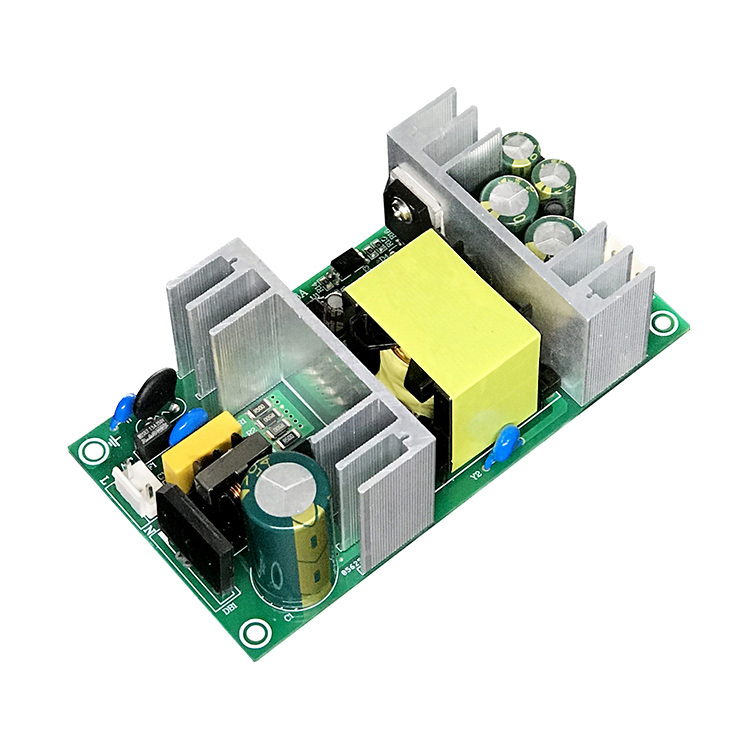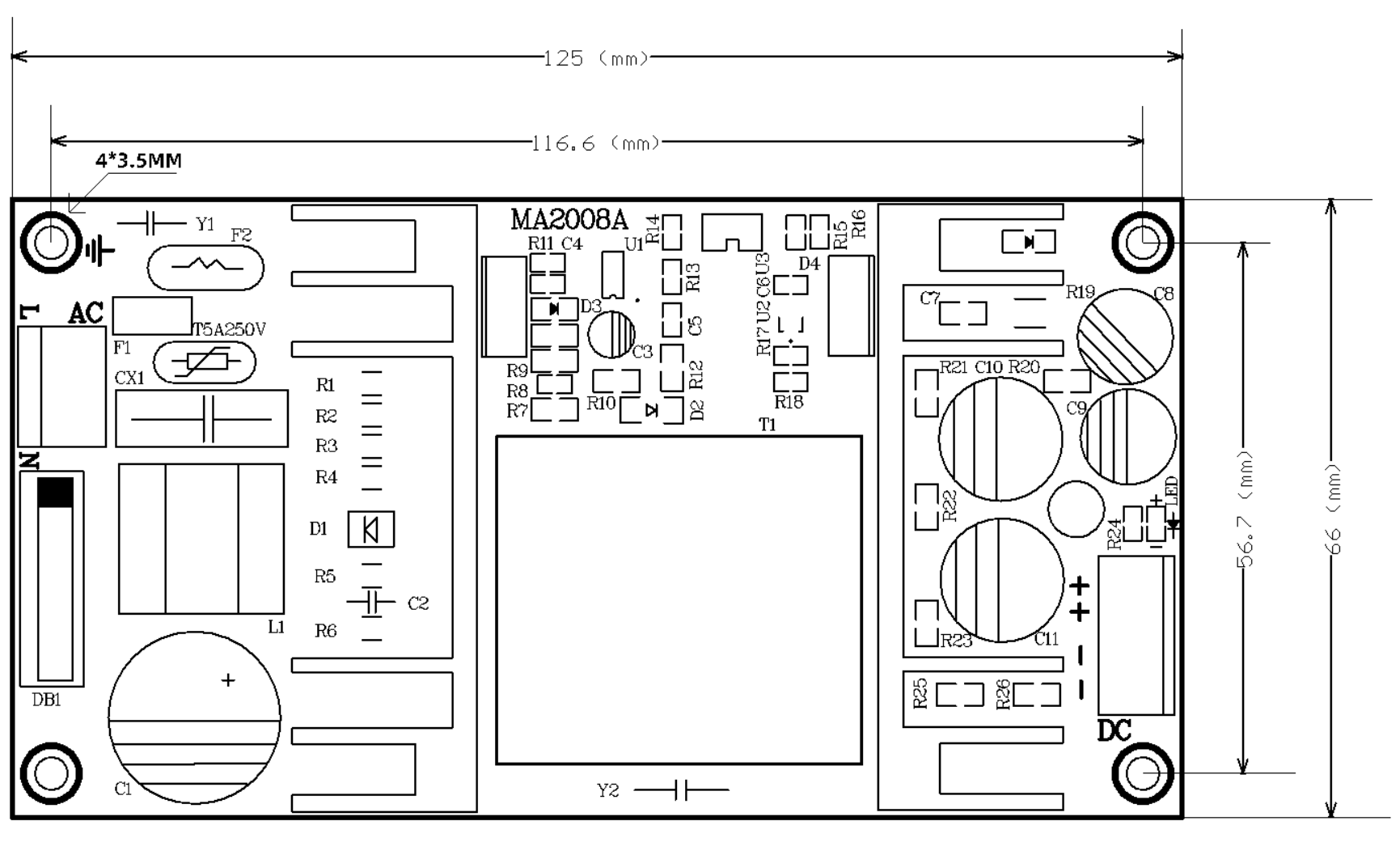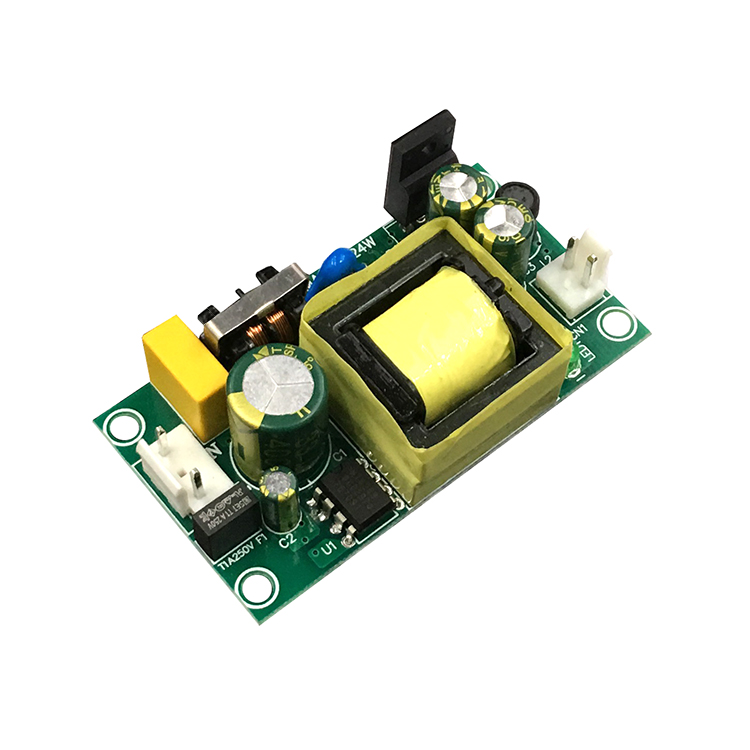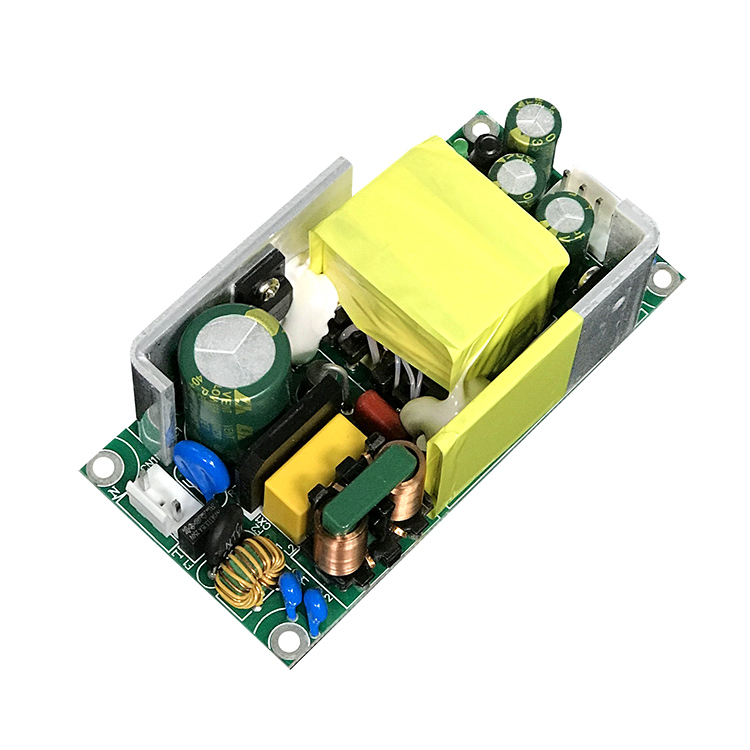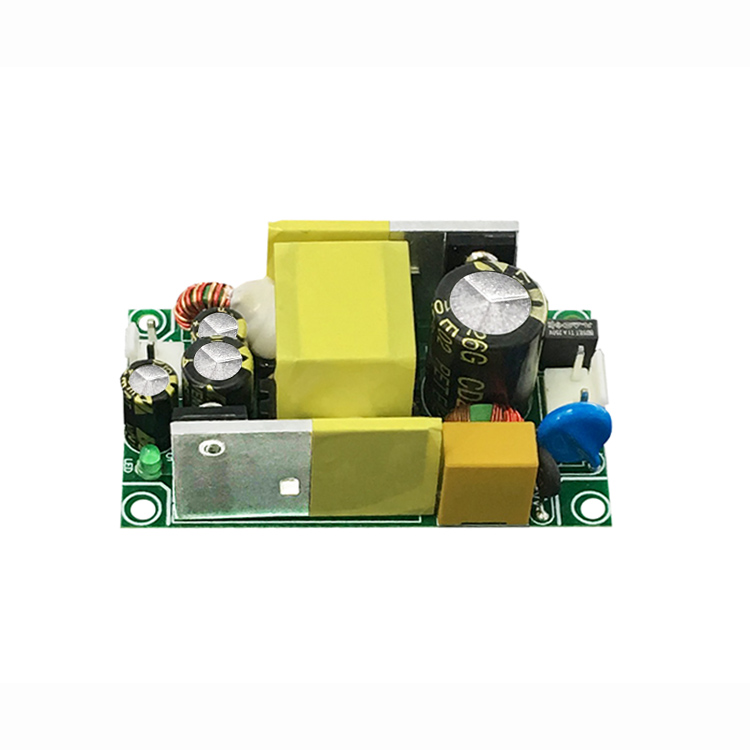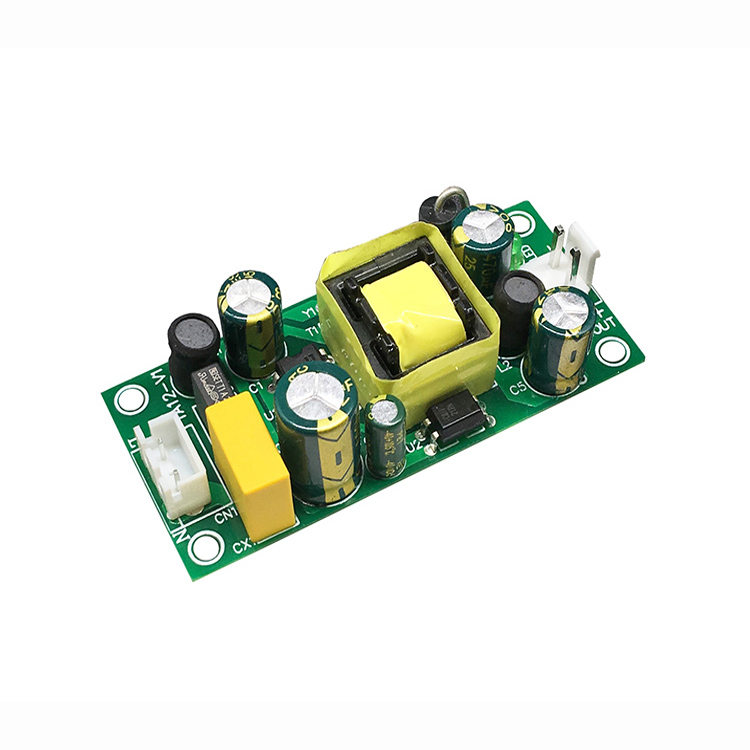200W 240W 300W Open Frame Series Power Supply manufacturer
Electrical Parameters/Specifications:
|
Model No |
MA200-24V8A |
MA200-24V10A |
MA200-36V8A |
MA200-48V5A |
|
|
Output |
DC voltage |
24V |
24V |
36V |
48V |
|
Rated current |
8A |
10A |
8A |
5A |
|
|
Current range |
0-12A |
0-15A |
0-10A |
0-7A |
|
|
rated power |
200W |
240W |
300W |
240W |
|
|
Ripple and Noise (Maximum) |
100mVp-p |
100mVp-p |
100mVp-p |
100mVp-p |
|
|
Voltage accuracy |
±3% |
±3% |
±3% |
±3% |
|
|
Linear adjustment rate |
±0.5% |
±0.5% |
±0.5% |
±0.5% |
|
|
Load Regulation |
±1% |
±1% |
±1% |
±1% |
|
|
Efficiency (TYP) |
87% |
87% |
88% |
89% |
|
|
Cooling method |
Free cooling |
Fan cooling (10CFM) |
Fan cooling (10CFM) |
Fan cooling (10CFM) |
|
|
Start-up, rise time |
1500ms,30ms/220VAC 2500ms,30ms/110VAC (full load) |
||||
|
Input |
voltage range |
VAC100-240V (Please refer to "Derating Curve") |
|||
|
Frequency Range |
50Hz/60Hz |
||||
|
AC current (TYP) |
220V1.8A/110V3A |
220V2.2A/110V3A |
220V2.7A/110V3A |
220V2.2A/110V3A |
|
|
Inrush current (TYP) |
COLD START 35A |
||||
|
leakage current |
<2mA/240VAC |
||||
|
Current |
short circuit |
Protection mode: hiccup mode, automatic recovery after abnormal condition is removed |
|||
|
over current |
110%~200% of rated output current |
||||
|
over power |
110%~200% of rated output power |
||||
|
Environmental |
Operating temperature |
﹣20~﹢60℃ (Please refer to "Derating Curve") |
|||
|
Working humidity |
20~90%RH, no condensation |
||||
|
Storage temperature and humidity |
﹣40~﹢85℃,10~95%RH |
||||
|
Vibration resistant |
10~500Hz, 2G 10 minutes/cycle, X, Y, Z axis each 60 minutes |
||||
|
security |
Pressure resistance |
I/P-O/P:1.5KVAC |
|||
|
sInsulation resistance |
I/P-O/P,I/P-FG,O/P-FG:100M Ohms/500VDC/25℃/70%RH |
||||
|
Mechanical |
Size (L*W*H) |
125*66*35mm(L*W*H) (35MM is the height of board components) |
|||
|
weight |
About 0.8Kg/PCS |
||||
Remarks:
Unless otherwise specified, all specifications are measured under the input of 220VAC, rated load, and 25°C ambient temperature.
The power supply should be regarded as a part of the components in the system, and the relevant confirmation of electromagnetic compatibility should be carried out in conjunction with the terminal equipment.
Derating curve graph
Static Characteristic Curve
